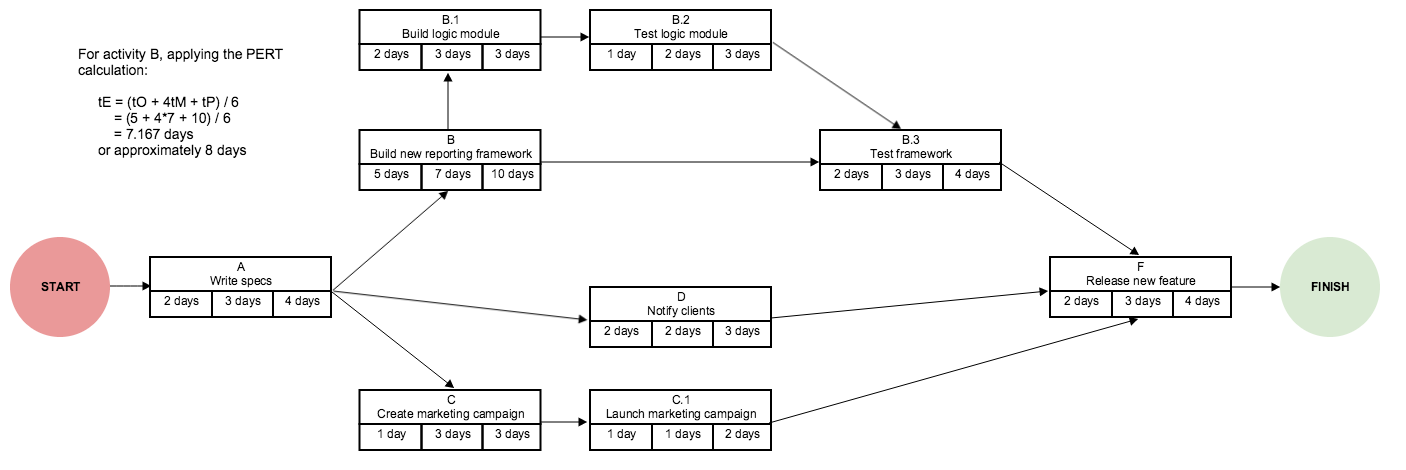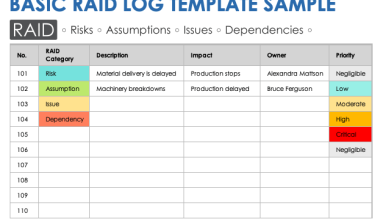The PERT based projects method of planning:
Every project manager wants to successfully see a project through from ideation to fruition. Planning and estimation are key to this success. However, when projects are complex, it can be difficult estimating realistic completion dates. In this case, it might make sense to use the Program Evaluation and Review Technique (PERT) to calculate when the project might finish by. Similar to the Critical Path Method (CPM), PERT focuses on the project’s timeline and the work required to complete it. The difference between these two methods lies in the fact that PERT produces 3 different time estimates: the best/shortest possible time, the most likely amount of time, and the worst/longest possible time. Using these three time estimates, an expected duration for the project can be computed.
A brief overview of the Terminology:
Before you can get started with a PERT based project, there are some terms to familiarize yourself with:
- PERT event: a point that marks the start or finish of one or more activities.
- Predecessor event: an event that comes immediately before another.
- Successor event: an event immediately following another.
- PERT activity: the actual work aspect of a task that requires time, effort, and resources.
- PERT sub-activity: a decomposed sub-unit of a PERT activity that has all of the same properties as an activity, such as predecessor and successor events.
- Optimistic time (tO): the time it would take to complete an activity in the best-case scenario
- Pessimistic time (tP): the time it would take to complete an activity in the worst-case scenario
- Most likely time (tM): the most probable and realistic time it would take to complete an activity based on the resources, and the resources’ productivity, availability, and dependencies.
Let’s look at a simple example to clarify this terminology. Our project is to release a new reporting feature for our product. A PERT activity in this project would be to build a new reporting framework (which we can call B), while a potential PERT sub-activity might be to code the logic module (B.1). A predecessor event to activity B would be the completion of the activity to write the specifications (A). A potential successor event would be the start of a sub-activity to test the logic module (B.3). An activity can have multiple predecessors or successors. The magic of PERT lies in the simple formula used to calculate the expected duration (tE). The first variant of the formula is the less popular triangular distribution:
tE = (tO + tM + tP) / 3
The second, more common variant of the formula is the beta distribution. It is the one traditionally used in PERT:
tE = (tO + 4tM + tP) / 6
Oftentimes, a PERT chart is used to show how project tasks are scheduled and organized. Revisiting our example above, we can show a rough PERT chart of what this project might look like:

Via onedesk





